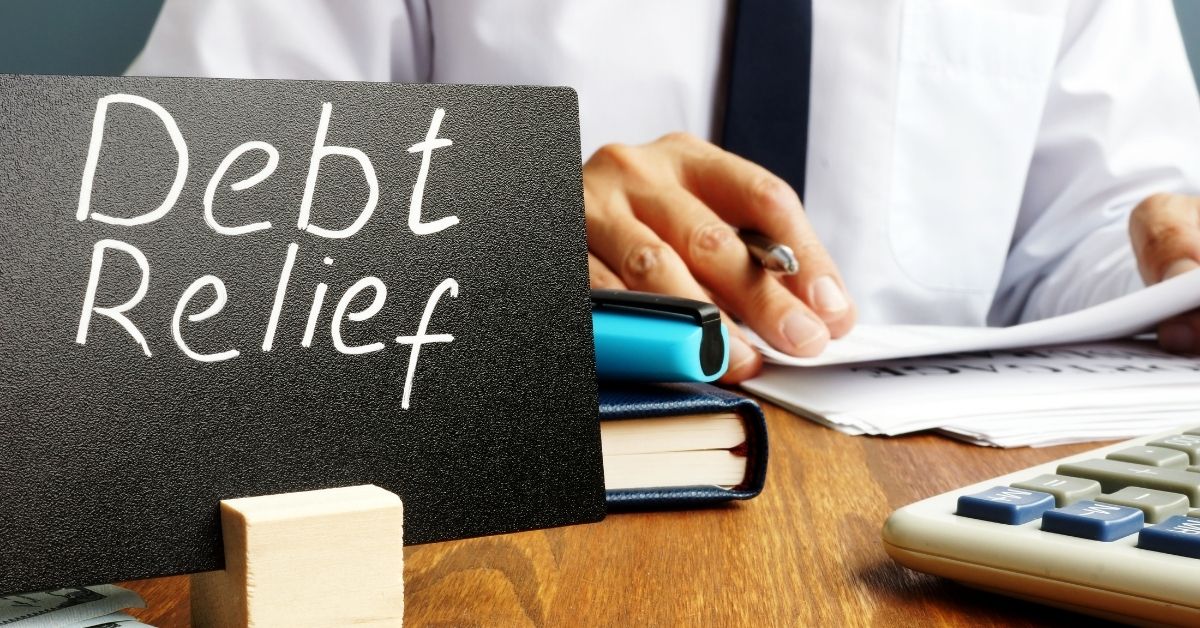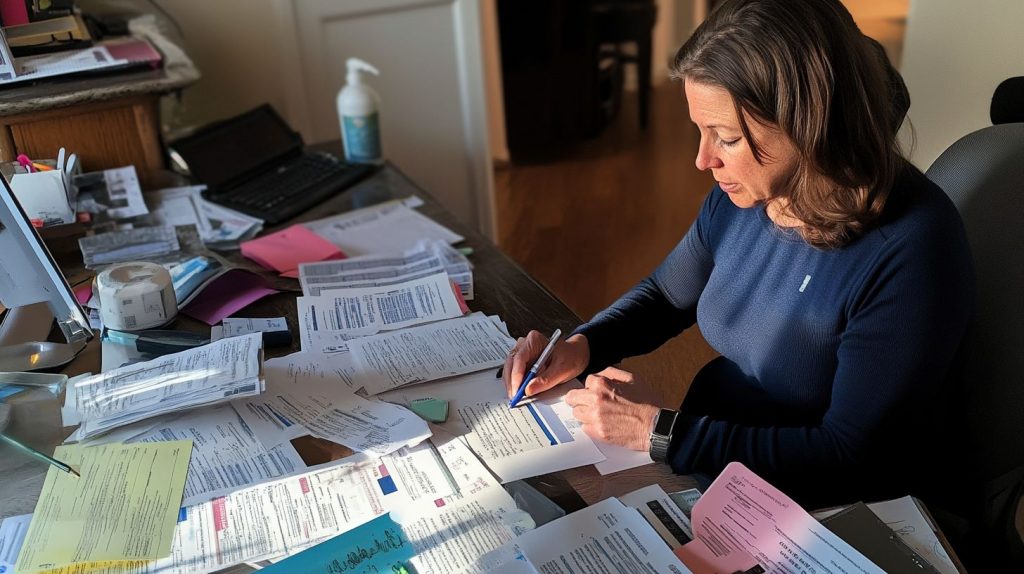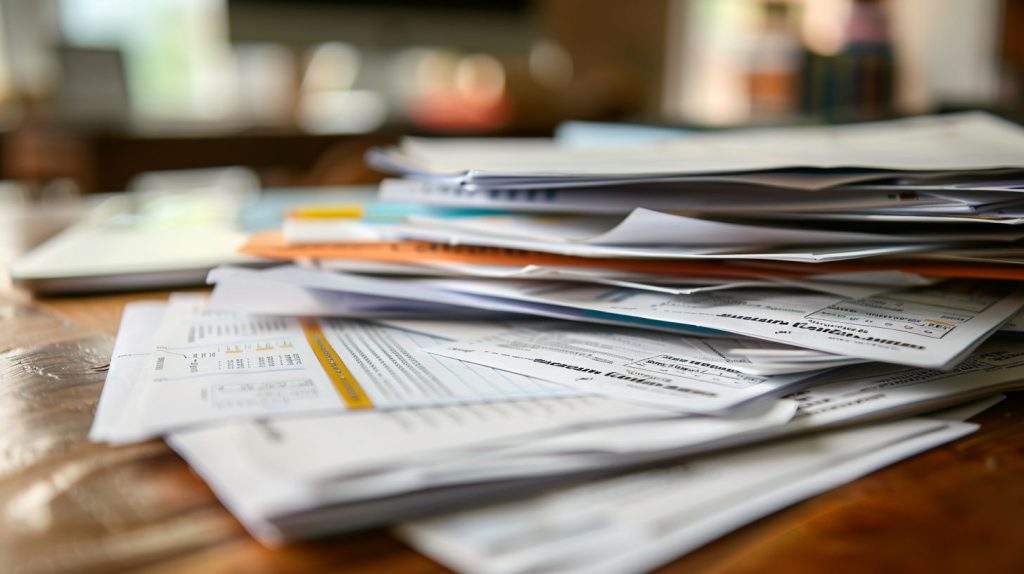As Canadians face financial difficulties, two debt relief options are available to them: bankruptcy and consumer proposals. Knowing the differences between these two options can help individuals make an informed decision on which option is best suited for their financial situation.
Bankruptcy is a legal process that provides individuals unable to pay their debts with a fresh start. In Canada, the Bankruptcy and Insolvency Act regulates bankruptcy. To be eligible for bankruptcy, an individual must owe at least $1,000 and be incapable of paying their debts as they come due. Upon filing for bankruptcy, all assets are turned over to a licensed trustee, who will then sell them to pay off creditors. This process affects the individual’s credit score, and it remains on their credit report for six years.
On the other hand, a consumer proposal is a debt repayment plan negotiated between an individual and their creditors. This option is only available to those who owe less than $250,000, excluding mortgage debt on their primary residence. The consumer proposal’s payment plan is based on the individual’s ability to pay and may include a reduction of the total debt owed. Unlike bankruptcy, a consumer proposal does not necessitate the sale of assets and does not have the same impact on an individual’s credit score.
The question of which option is better for Canadians facing financial hardship ultimately depends on the individual’s specific financial situation. If an individual has a considerable amount of debt and is unable to pay it off, bankruptcy may be the best option. However, if the individual has a smaller amount of debt and can make payments, a consumer proposal may be a better choice.
In conclusion, bankruptcy and consumer proposals are two debt relief options available to Canadians facing financial hardship. Understanding the differences between the two and seeking professional advice can help individuals determine the best option for their financial situation. An informed decision can assist individuals in regaining control of their financial future and getting back on their feet.








